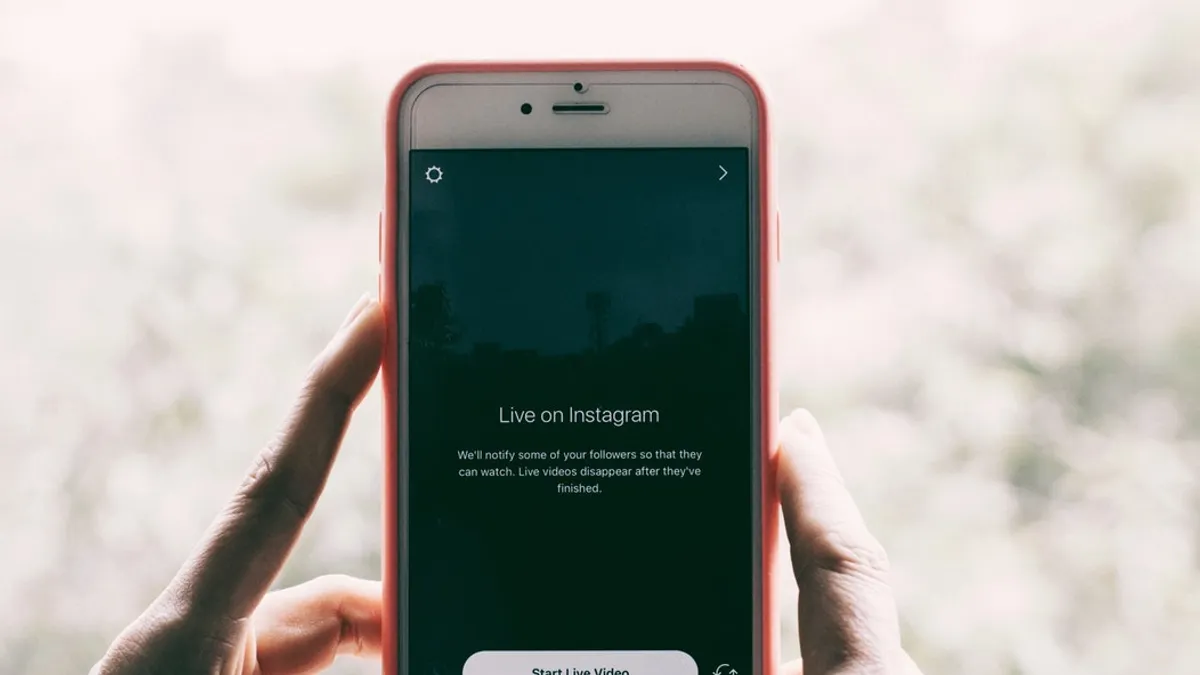The following is a guest post from Krishna Subramanian, co-founder of AI-powered branded content platform, Captiv8.
When you're investing in an influencer campaign, you want to know you're reaching and engaging the audience you intended — not fake followers. But brands often struggle to differentiate genuine engagement from automation, leaving them with little choice but to cross their fingers and hope for the best. How has that worked out? In 2017, brands spent $2.1 billion on influencer sponsored posts on Instagram, reaching around 6.6 million posts at an average price of $325. More than 11% of the engagement for these posts was generated by a rapidly growing pool of fraudulent accounts. That's $240 million in wasted marketing dollars.
In the early days of branded social media, platforms with no revenue participation had little incentive to allow pixeling for native organic content or to foster the development of third-party verification. That's beginning to change, as forward-looking businesses like Snapchat take a more welcoming stance toward brands seeking to spend money on their platforms. But real metrics remain hard to come by. Having influencers email you a screenshot of their analytics program is no way to verify their credentials or potential success. And an unscrupulous influencer is hardly likely to feel bound by a signed pledge not to participate in fraud. What marketers need is a more concrete and reliable way to identify fake followers and impressions and determine the real reach and impact of social media spend. Here are a few places to begin.
Who to look for
While it's best to take a comprehensive approach to fraud detection, some influencers may merit closer scrutiny than others.
Among traditional celebrities, top-tier influencers are the least likely to be involved in fraud. Already famous, with strong revenue streams established elsewhere, they typically have little motive to risk deceiving brands, or in many cases, to participate in branded content campaigns at all. Second-tier influencers are more likely to be available for campaigns; the safest are those already famous enough, with healthy enough revenue outside social media, to resist the temptations of fake followers. On the other hand, third-tier influencers clamoring to the top may have more reasons to game the system. In the highly competitive social media space, they're likely looking for more followers (real or otherwise) and greater revenue from brand partnerships.
Top-tier celebrities tend to be a safe bet as well. They've achieved success by understanding how to build authentic enthusiasm and engagement, and their fans are often loyal enough to follow their content avidly. Lower-tier digital celebrities pose greater risks. Even reasonably well-known second-tier players are eager to climb to the significantly higher revenue available on the top tier. At the bottom ranks, eagerness can become desperation for those who want to escape traditional employment and feel they have less to lose. Handle with care.
What to look for
It's important to pay attention to engagement patterns on your branded content — not just raw impressions or likes — to help you spot the differences between organic, promoted and fraudulent engagement. For example, while unusually high spikes in engagement may occur naturally, seeing them happen concurrently without a sudden rise in follower count is a red flag.
Where to look
The geographic distribution of engagement can be especially revealing. Does the location of an influencer's followers make sense? Is it reasonably consistent across different posts, both sponsored and otherwise? Are you seeing especially high engagement in places like Russia, known as a hotbed for online fraud?
Influencer fraud detection should become easier over time as leading platforms like Facebook, YouTube and Instagram inevitably accept the need to allow native tracking through third-party integration. It may also help for brands and influencers to let those platforms get a piece of the action; with their own revenue at stake, popular platforms may be more motivated to ensure a clean ecosystem. But brands can't afford to wait. Go ahead and put the power of social media influence to work for your business — just keep your eyes on the metrics to ensure you're truly getting what you pay for.














